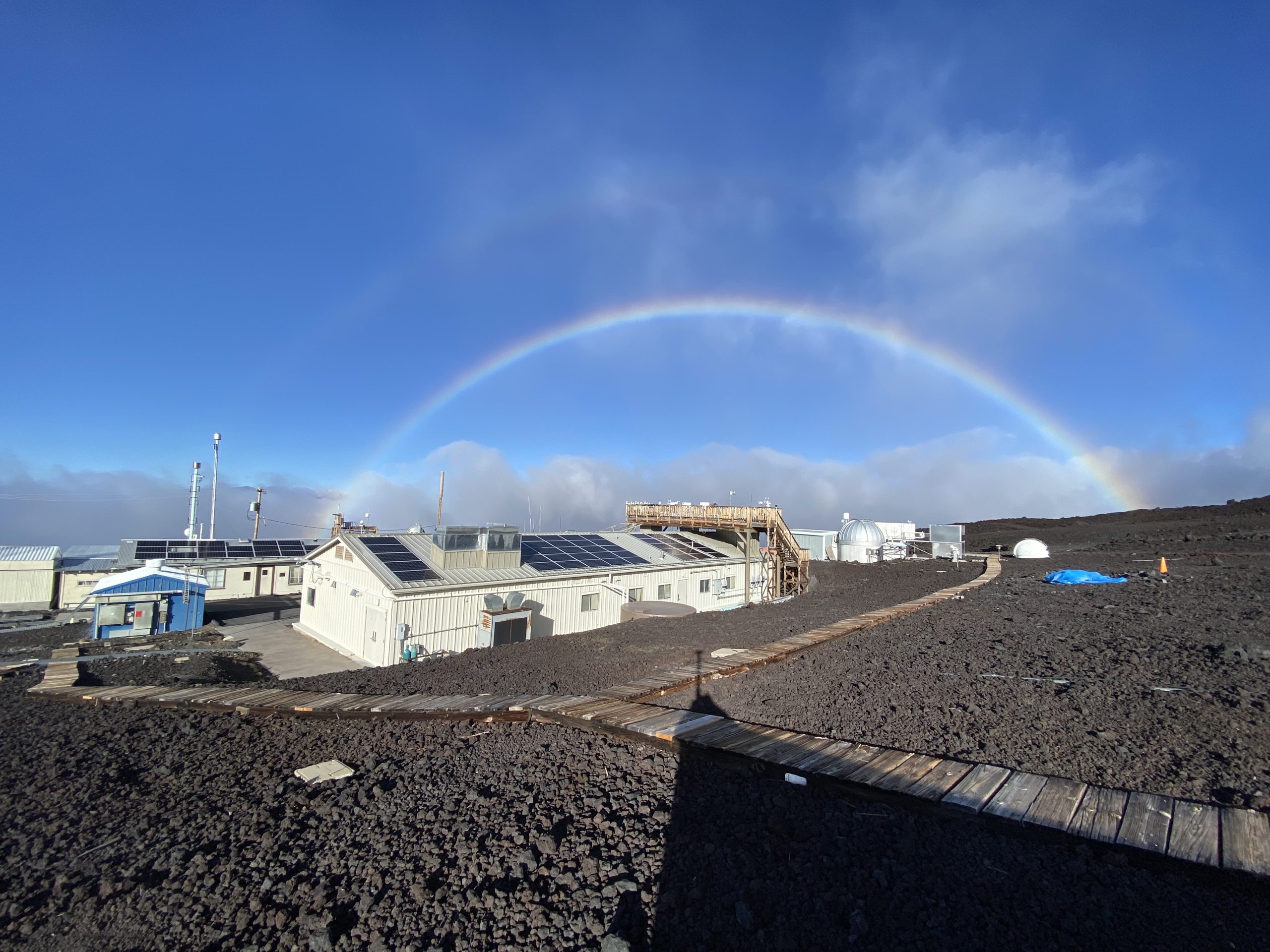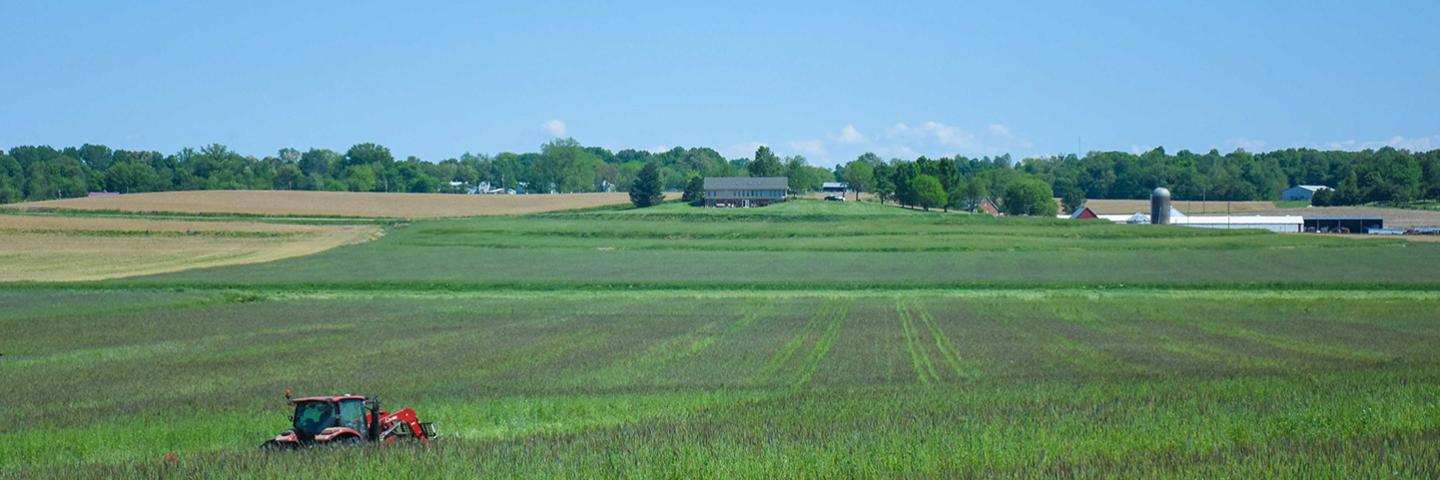The newly released 2021 NOAA Science Report includes more than 60 stories that represent a selection of NOAA’s 2021 research and development accomplishments across the range of NOAA’s mission. Launching the first ever national rip current forecast model, creating high-resolution sea ice information to improve navigation, and using artificial intelligence to process marine mammal calls: These are just a few of NOAA’s many notable scientific accomplishments from the past year.
The newly released 2021 NOAA Science Report includes more than 60 stories that represent a selection of NOAA’s 2021 research and development accomplishments across the range of NOAA’s mission.
Some of NOAA’s biggest science accomplishments from 2021 include the following 4 stories:
1. Looking at how climate change could impact West Coast fisheries
The “Future Seas” project is a collaborative effort that uses models to explore potential impacts of climate change on West Coast fisheries and evaluate strategies for managing those impacts. This year, the team of scientists completed detailed projections of West Coast ocean conditions out to the year 2100 and used them to project potential climate-driven changes in the distributions and landings of Pacific sardine and albacore tuna in the California Current System, an ocean current that moves southward along the West Coast of North America. Thanks to the Future Seas project, scientists can now provide information and advice on climate resilience to West Coast fishing communities, which helps them better prepare for the effects of climate change.
2. NOAA upgrades flagship weather model
NOAA upgraded its Global Forecast System GFS weather model to boost weather forecasting capabilities across the U.S. and the world. These advancements will improve forecasting of hurricane development and heavy rainfall, modeling for snowfall location, and overall model performance. This is the first major upgrade to the GFS for 0-16 day weather prediction using the new Unified Forecast System framework. Key components of this upgrade include doubling the vertical resolution from the surface of the Earth to the top of the atmosphere, updated model physics, improved system for data assimilation, and the addition of new observations. Also, for the first time, the global wave model is now coupled with the atmospheric model to provide improved wave forecasts for the marine and coastal regions around the globe.
3. New technology to support integrated visualization of water events
OceanView helps users quickly access diverse time and space data types to easily and holistically assess change in water bodies from both a general view and an event-scale perspective. This tool is a web application that integrates remote sensing visualizations, on-site data, model output, and ocean, coastal, and inland water events. For example, a fisheries biologist could access available 2019-2021 OceanView data for the coastal U.S. Pacific Ocean and quickly surmise if marine heatwaves, upwelling events, harmful algal blooms, or oil spills may have influenced west coast annual sardine landings in those years and whether deeper investigation would be worthwhile. By incorporating data and products from both NOAA and non-NOAA sources — spanning multiple satellites, airborne and field platforms, and environmental modeling output — OceanView 1.0 is useful to the satellite remote sensing community, fisheries and endangered species biologists, sanctuary, estuarine reserve, parks and marine protected area managers, coastal resilience and watershed/floodplain specialists, as well as broader users both within and beyond NOAA. OceanView will continue to add more data and information of interest to a broad spectrum of users. NOAA NESDIS publicly released OceanView 1.0 in May 2021, after incorporating user feedback from February 2021.
4. NOAA gathers critical hurricane data to improve forecasts
To improve hurricane intensity forecasts, NOAA needs more data. In 2021,NOAA formed the first integrated ocean observations team to coordinate the use of different observing platforms including gliders, drifters, floats, small uncrewed aircraft systems sUAS, and more.. The group leveraged existing observations and sought opportunities for co-deployments and simultaneous observations of the ocean and atmosphere throughout the 2021 Atlantic hurricane season in the Gulf of Mexico, tropical Atlantic, and Caribbean regions. NOAA gathered data on the ocean and atmosphere in five major Category 3 or above hurricanes in 2021: Grace, Henri, Ida, Larry, and Sam. Ahead of and during Hurricane Sam, NOAA gathered observations from gliders, buoys, drifters, Argo floats, Saildrones, expendable bathythermographs XBTs, which are probes deployed from ships to measure water temperature, and A-XBTs XBTs deployed from a NOAA P-3 plane. A Saildrone, modified with specially designed “hurricane wings” to enable it to operate in extreme conditions, battled 50 foot waves and winds of more than 120 miles per hour to collect critical scientific data from Hurricane Sam, providing the first video footage gathered by an uncrewed surface vehicle USV from inside a major hurricane. This air-sea data—as well as the data from all the observing systems—will help scientists understand the processes that occur as storms intensify, with the goal of improving forecast models.
NOAA leads in federal weather, oceanography, marine and freshwater biology, and fisheries research Between 2016 and 2020, NOAA authored or co-authored 10,332 publications that spanned weather, water, and climate science. NOAA authors collaborated with authors at more than 2,700 institutions in 174 countries and territories. This reflects the long-term record of research that has increased our scientific understanding of Earth systems. Report profiles excellence of scientific workforce The NOAA Science Report also highlights the creative and vibrant workforce that is at NOAA’s core, including education spotlights and diversity and inclusion efforts. The stories are organized by the Vision Areas in the NOAA Research and Development Vision Areas: 2020-2026. Please download the full 2021 NOAA Science Report to read more. For more information, please contact monica.allen@noaa.gov.



